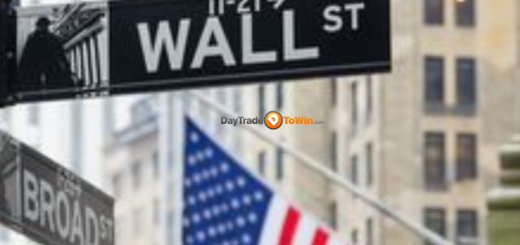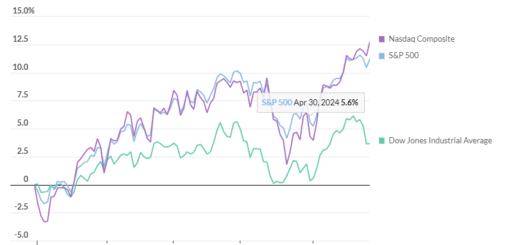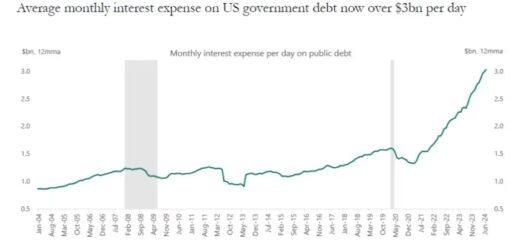Market Recovery or Bear Trap? Insights from a Wall Street Expert
U.S. stocks rebounded on Tuesday after fears of a weakening economy triggered a global selloff, leading to Wall Street’s worst day since 2022.
Despite the rebound, Barry Bannister, chief equity strategist at Stifel, warns it is too early to jump back into the U.S. stock market. He maintains his prediction that the S&P 500 (SPX) will drop to 5,000 by October, a 12% decline from its July peak, due to a significantly slowing economy and persistent inflation.
“Our view remains a correction to 5,000 on the S&P 500 by October,” Bannister and his team wrote in a Monday note. “While we foresee a low-double-digit correction, there is also a risk of a bear market if the slowdown turns into a recession, which would be a surprise to investors and the Federal Reserve.”
A market correction typically occurs when a stock index falls at least 10% from a recent high. This can worsen into a bear market, marked by a drop of 20% or more.

The S&P 500 last entered correction territory on October 27, 2023, and the recent selloff has brought it close to another correction. It is currently down 7.5% from its high of 5,667 set on July 16, according to Dow Jones Market Data.
Earlier this year, Bannister predicted a summer selloff and has repeatedly forecasted a market correction by October. His stance makes him one of Wall Street’s few remaining bears, as many other strategists have raised their year-end targets for the S&P 500, expecting multiple interest-rate cuts by the Fed.
Bannister and his team advise investors to remain defensive, favoring “defensive-value” sectors such as healthcare, consumer staples, and utilities. These sectors typically perform well if inflation remains high and GDP growth slows sharply, offering a hedge against a potential recession.
On Tuesday, the S&P 500 and Nasdaq Composite (COMP) each rebounded over 1%, while the Dow Jones Industrial Average (DJIA) advanced 0.8%, according to FactSet data.




